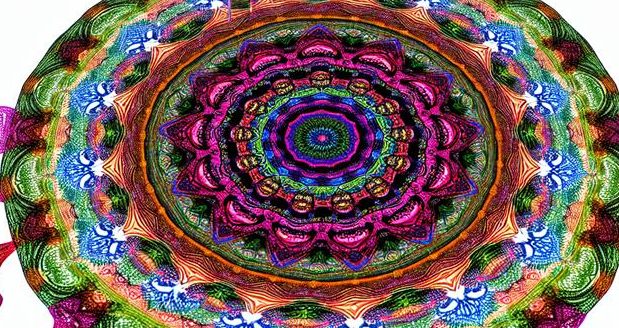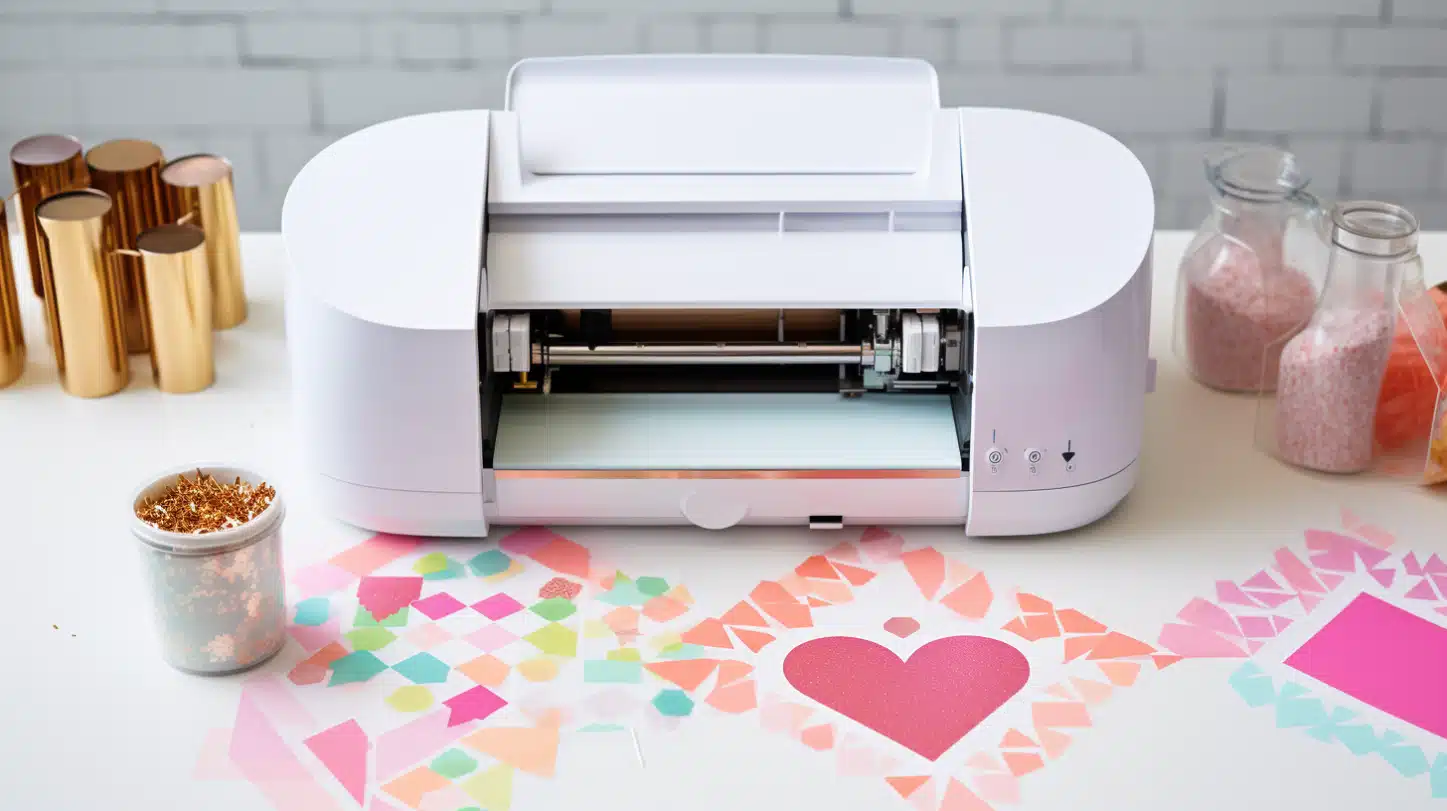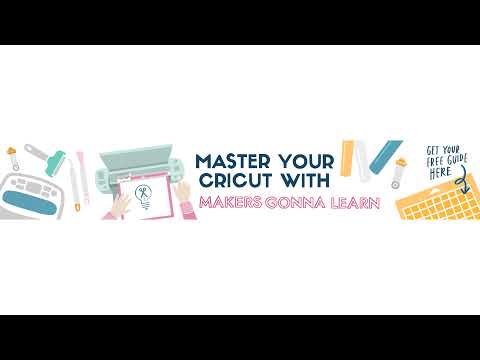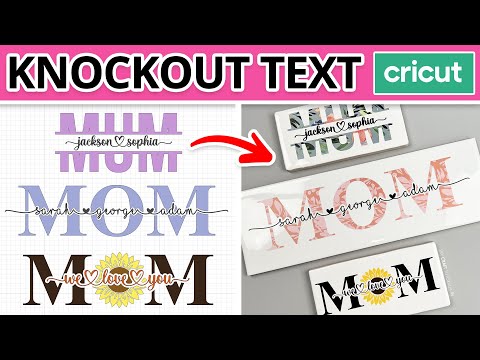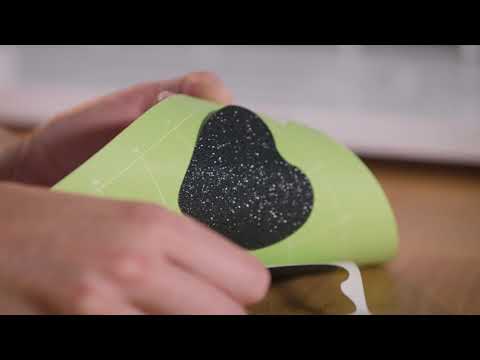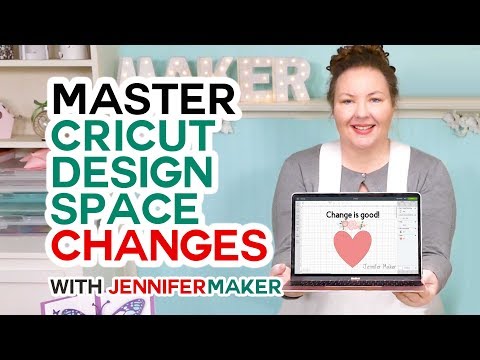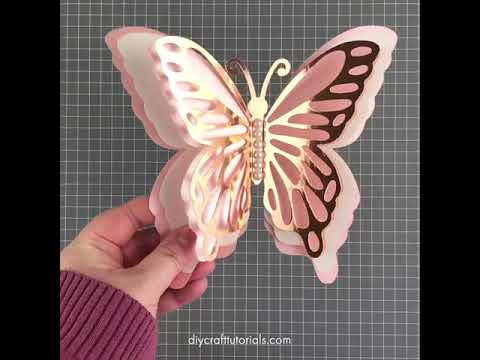Cricut Hints and Tips
Are you ready to take your Cricut projects to the next level with some great Cricut Hints and Tips? Did you know that 94% of Cricut users find it helpful to have some tips and tricks up their sleeve?
Well, look no further! This guide is packed with valuable hints and tips to help you make the most out of your Cricut machine. From choosing the right cutting materials to achieving the best results, we’ve got you covered.
Whether you’re a beginner or an advanced user, you’ll find something useful here. So, get ready to unleash your creativity and let’s dive into the world of Cricut hints and tips!
Types of Cutting Materials for Cricut Projects

When using your Cricut machine, you’ll frequently encounter various types of cutting materials for your projects. These materials are essential for achieving different effects and designs.
One of the most common materials used with the Cricut is vinyl. Vinyl is versatile and comes in a variety of colors and finishes, making it perfect for creating decals, stickers, and labels.
Another popular cutting material is cardstock, which is thicker and more durable than regular paper. Cardstock is ideal for making greeting cards, invitations, and other paper crafts.
Additionally, heat transfer vinyl is commonly used for creating personalized apparel and accessories. It allows you to easily transfer intricate designs onto fabric using heat.
Understanding the different types of cutting materials available for your Cricut will help you choose the right material for each project.
Factors to Consider When Choosing Cutting Materials
Consider these key factors when selecting cutting materials for your Cricut projects.
First, think about the project’s purpose. Are you making a card, a sticker, or a vinyl decal? The type of material you choose should align with the intended use.
Second, consider the durability of the material. Will it be exposed to outdoor elements, or will it be used for temporary indoor purposes?
Next, think about the intricacy of your design. Some materials may be better suited for intricate cuts, while others mightn’t work as well.
Additionally, take into account the color and finish of the material.
Lastly, consider the cost and availability of the cutting materials.
Essential Cutting Materials for Beginners
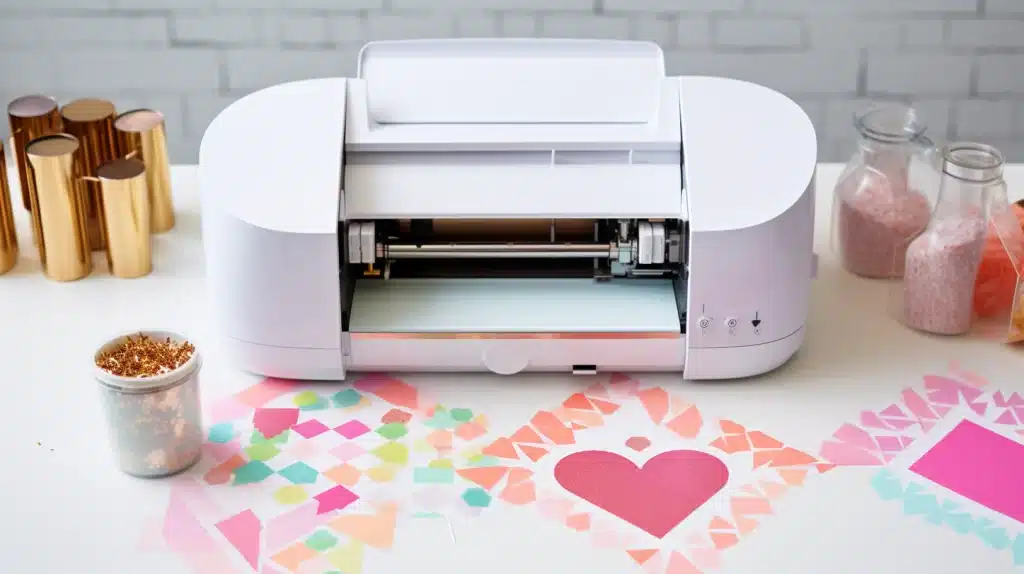
To get started with your Cricut projects as a beginner, you’ll need essential cutting materials.
These materials will help you achieve precise and clean cuts for your designs.
Firstly, you’ll need cutting mats, which provide a stable surface for your materials during the cutting process. Different mats are available for different materials, so be sure to choose the appropriate one.
Secondly, you’ll need various types of blades for different cutting tasks. The fine-point blade is perfect for basic cuts, while the deep-point blade is ideal for thicker materials.
Additionally, having a weeding tool is essential for removing excess material from your designs.
Lastly, adhesive vinyl and iron-on vinyl are must-haves for adding colorful and decorative elements to your projects.
With these essential cutting materials, you’ll be well-equipped to start your Cricut journey.
Specialty Cutting Materials for Advanced Cricut Users
For advanced Cricut users, try experimenting with a range of specialty cutting materials to take your projects to the next level. These materials provide unique textures, finishes, and effects that can elevate your designs and make them stand out.
One option is adhesive foil, which adds a metallic shine to your projects. It’s perfect for creating labels, stickers, and embellishments that catch the eye.
Another specialty material to consider is glitter cardstock, which adds a touch of sparkle and glam to any project. You can use it to create stunning party decorations, greeting cards, and scrapbook pages.
Additionally, holographic vinyl is a great choice for adding a futuristic and eye-catching element to your designs. Its iridescent properties create a mesmerizing effect that will make your projects truly special.
Tips for Getting the Best Results With Cutting Materials
To achieve the best results with cutting materials, make sure to properly prepare and select the appropriate settings for your Cricut machine. Before starting any project, ensure that your materials are clean and free from any debris or wrinkles that could affect the cutting process.
Additionally, it’s important to choose the right blade for the material you’re working with. For example, a fine-point blade is ideal for cutting lightweight materials like paper and vinyl, while a deep-point blade is better suited for thicker materials like leather or chipboard.
Lastly, don’t forget to adjust the pressure and speed settings on your machine to match the specific material being cut. By following these tips, you can maximize the quality and precision of your Cricut cuts.
So there you have it, some helpful hints and tips for using your Cricut machine.
By considering the type of cutting materials and factors like thickness and texture, you can achieve the best results for your projects.
Whether you’re a beginner or an advanced user, there are essential and specialty cutting materials available to suit your needs.
With these tips in mind, you’ll be well on your way to creating beautiful and precise designs with your Cricut machine.
Happy crafting!
